This post may contain affiliate links which means I will get a commission if you make a purchase at no additional cost to you. As an Amazon Associate I earn from qualifying purchases. Please read my disclosure for details.
There was a time when dessert was reserved for the final note, a quiet indulgence after a meal had been properly earned. Yet across the globe, and more recently, in softly lit bistros from Copenhagen to Charleston, that rhythm is shifting.
Inspired by a Japanese sensibility that embraces sweetness at the outset, more chefs are flipping the script, making it feel more like an opening act than a farewell.
A Reawakening of the Palate
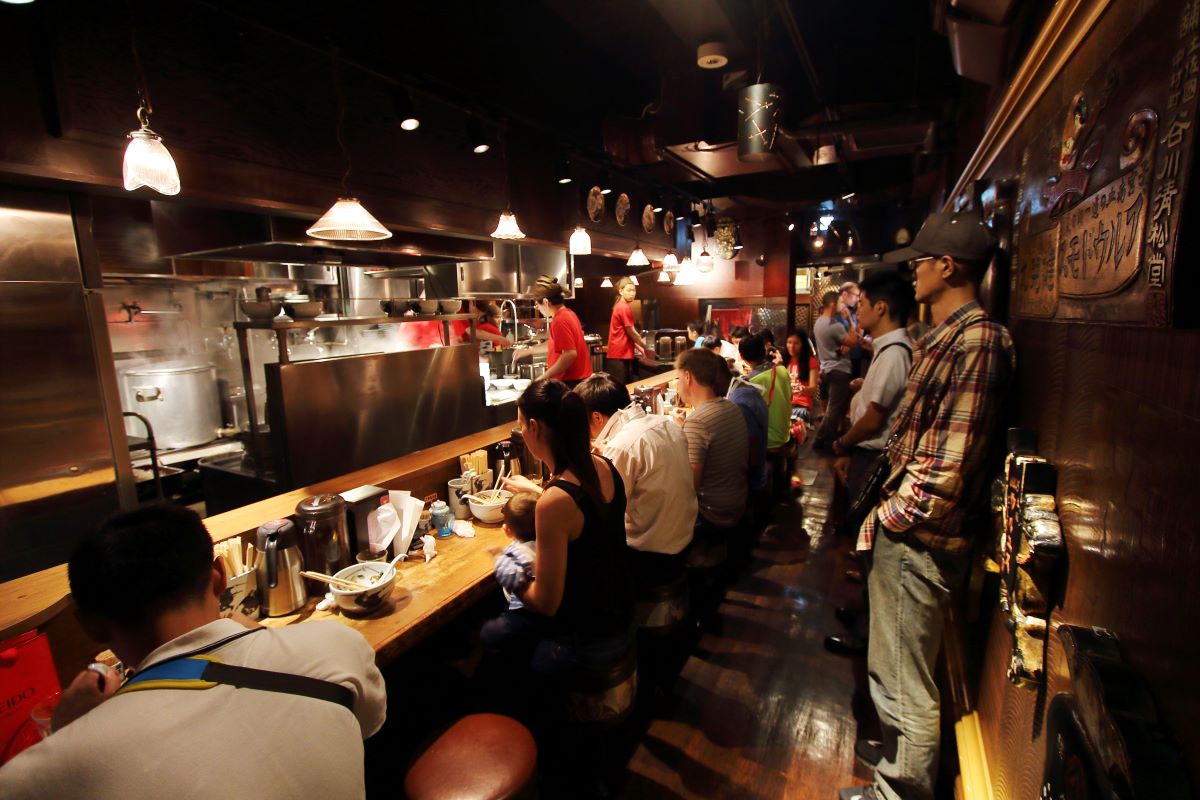
WANT TO SAVE THIS RECIPE?
Starting with dessert gently resets the senses. A chilled sorbet or floral panna cotta clears the mind and prepares the tongue for the savory to come. In Japan, this sequence respects both taste and tempo. Bistros adopting this approach find that guests become more present, more curious, and more attentive to every course that follows.
Celebration without Delay
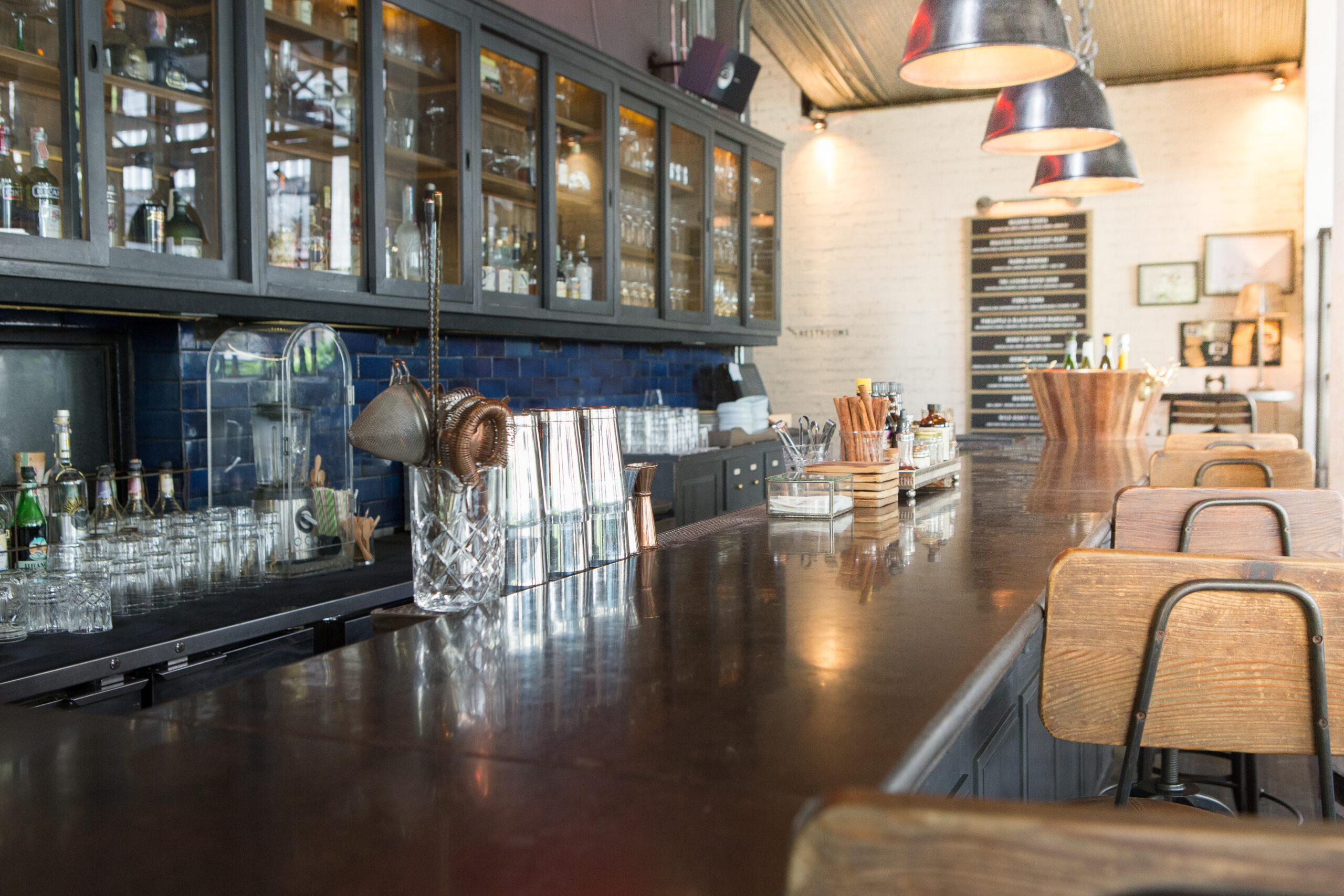
Inverting the order gives diners permission to savor the celebration at the start, rather than saving it for the end. For birthdays, anniversaries, or quiet personal victories, opening with dessert honors the moment early. It reminds us that sweetness is not a conclusion; it can be a prelude to more.
Psychological Surprise becomes Culinary Delight
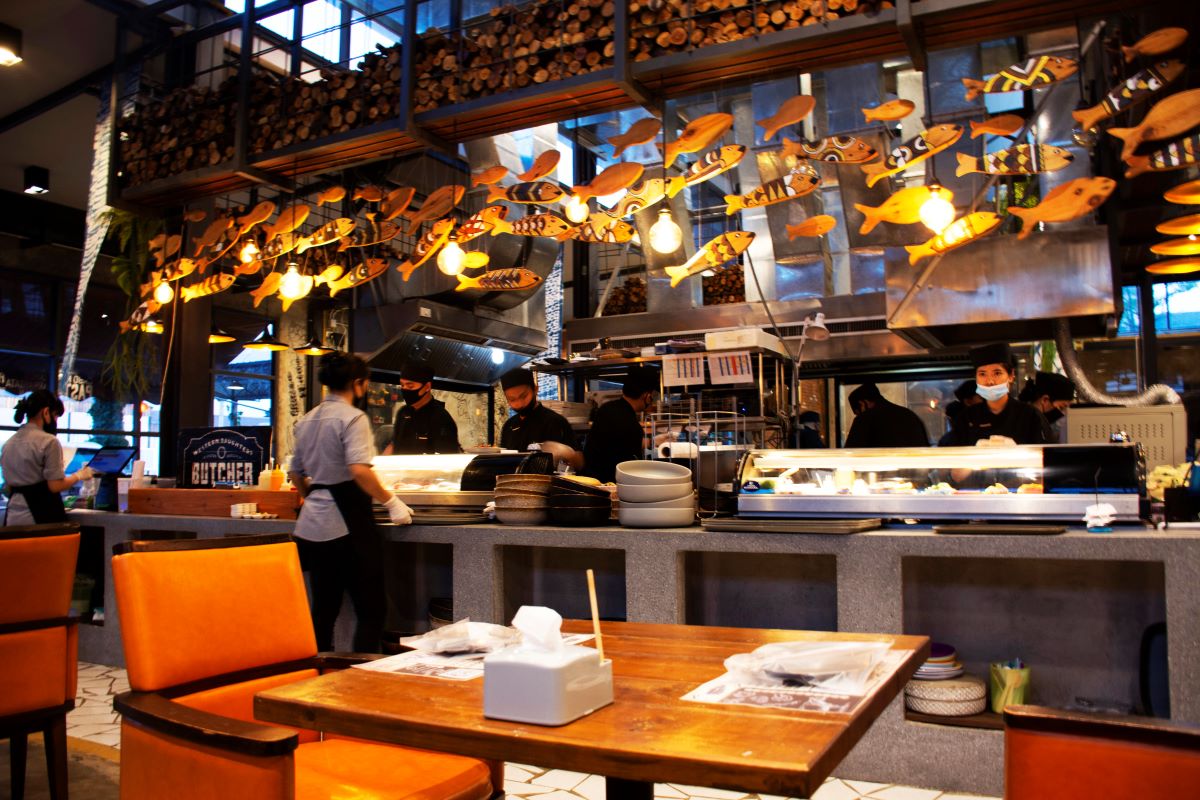
Chefs understand the impact of disrupting expectations. Offering dessert first introduces whimsy without losing sophistication. Whether it is a yuzu crème served with a spoonful of matcha or a chilled cherry soufflé kissed with lavender, the shift in sequence awakens the imagination as much as the palate.
Harmonizing Blood Sugar and Balance

There is a gentle science behind it. Starting with a small amount of sugar can help moderate appetite and glucose response, particularly when paired with fiber rich ingredients like fruit or cream. Japanese culinary traditions often consider these nuances. Bistros borrowing this method are blending pleasure with practicality.
Elevating Dessert Beyond the Afterthought
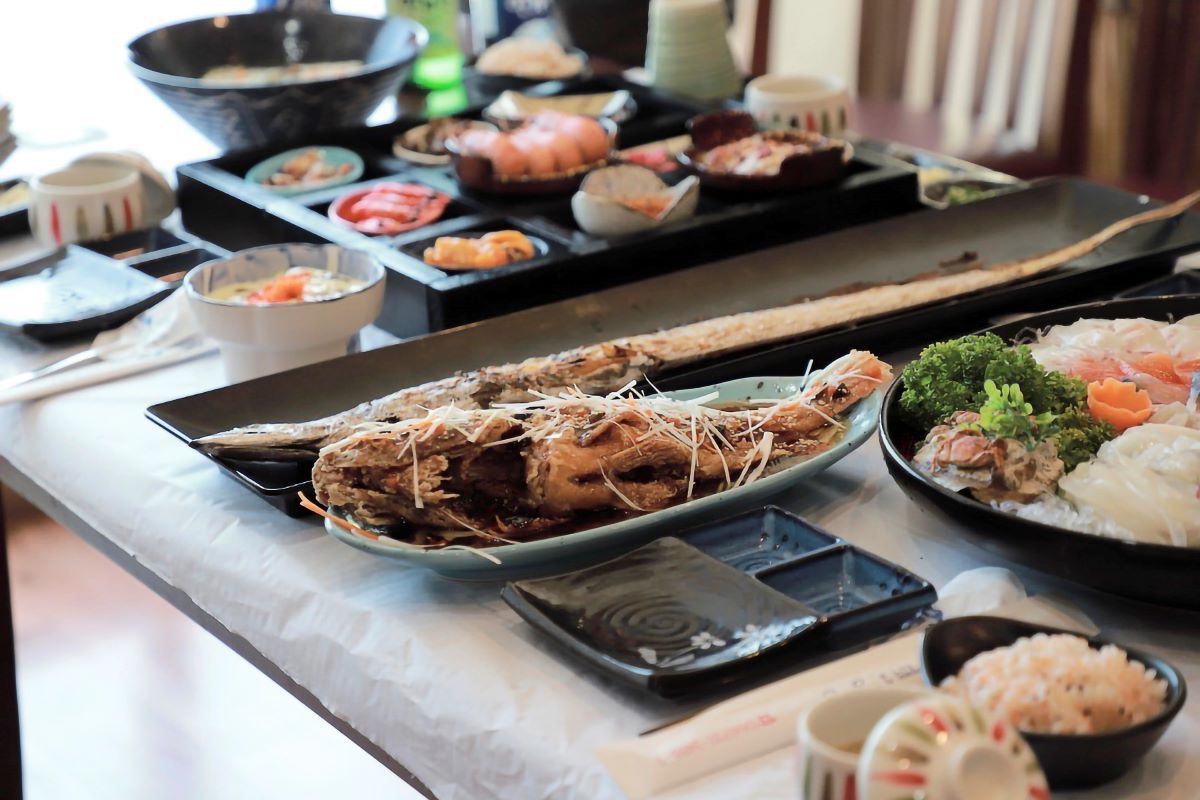
Too often, dessert is rushed or declined entirely. By presenting it at the beginning, chefs offer it the reverence it deserves. Each component, whether delicate sponge, citrus glaze, or infused cream, is experienced with clarity. In this new order, dessert is not optional. It is essential.
Creating an Immediate Mood of Ease
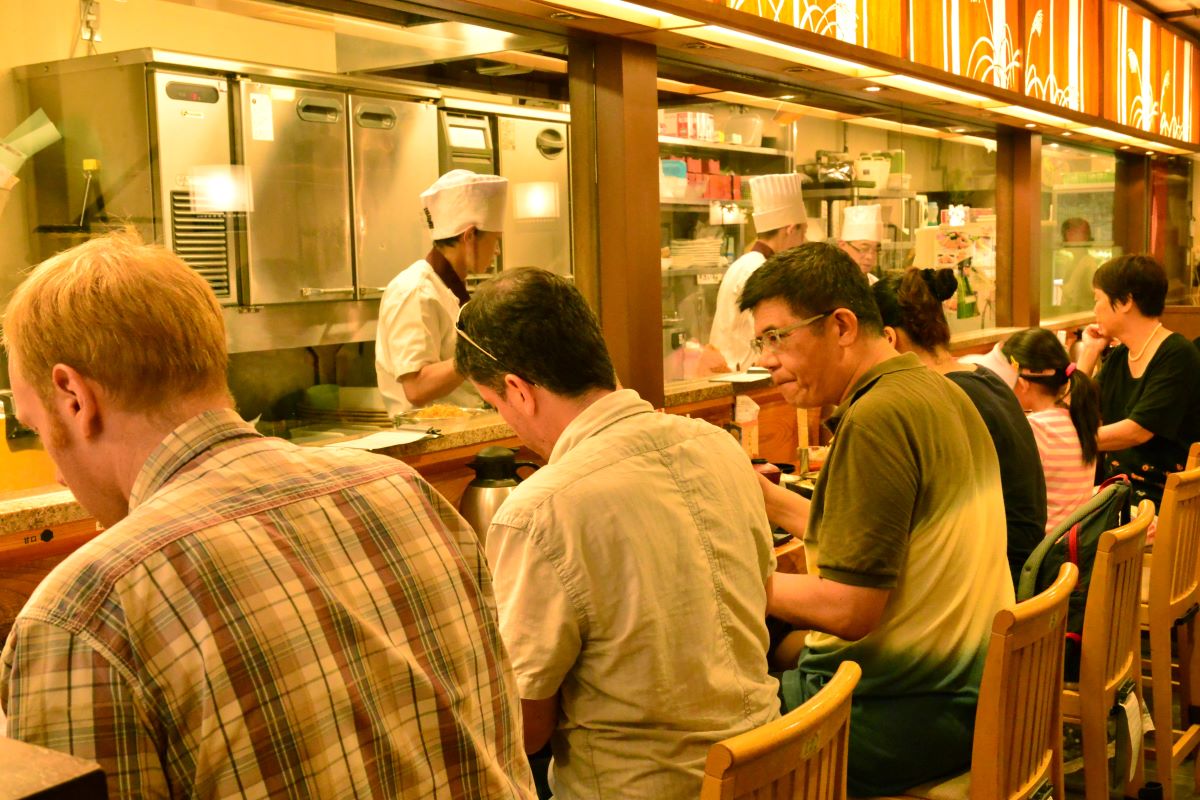
There is something tender about being handed sweetness upon arrival. It lowers defenses. It signals hospitality. In Japan, it is common to begin a formal meal with a confection, setting a tone of grace. Western bistros now echo this, choosing charm over ceremony in how they welcome a guest.
Related Post: 13 Restaurants That Only Accept Cash And Locals Say Are Worth It
Inviting a Slower, More Measured Pace
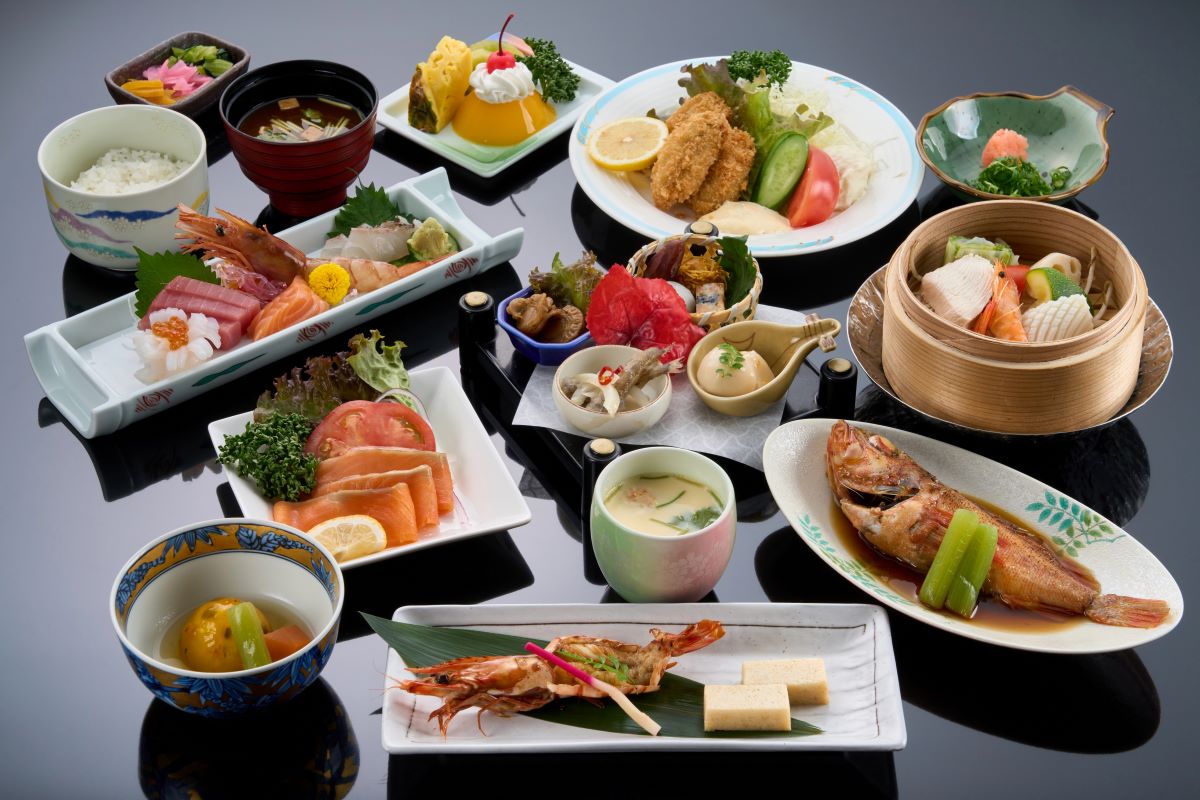
Dessert-first service encourages diners to linger, not rush. It anchors the meal in pleasure rather than structure. This shift reflects a broader trend toward slow dining, an experience where time stretches, and every bite has space to be felt.
Related Post: 10 Frozen Dinners Everyone Ate In The ‘90s Whether They Liked Them Or Not
Emphasizing Culinary Narrative Over Convention
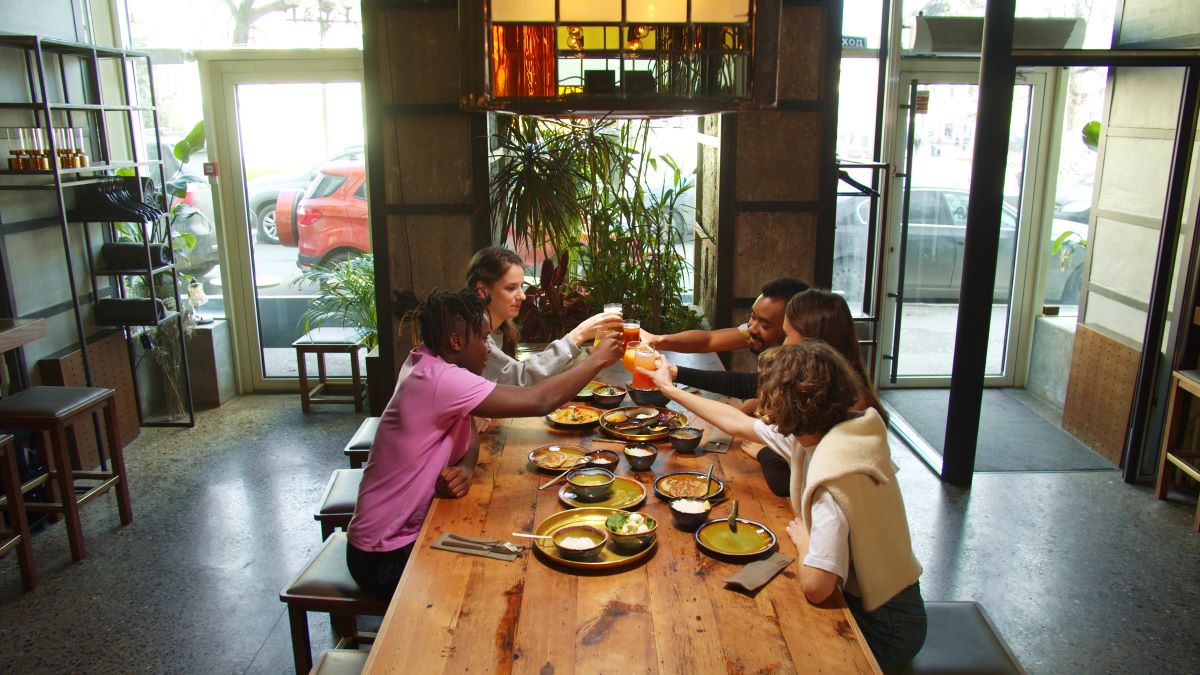
Some dishes speak best when placed first. A delicate rose jelly or miso caramel tart might offer a sensory metaphor that prepares the diner for the meal’s journey. Japanese dining often reflects narrative over linearity. Bistros following suit are crafting menus that feel more like storytelling than structure.
Related Post: 11 Vintage Restaurant Chains Your Parents Took You To Every Sunday
Appealing to an Evolving Global Aesthetic
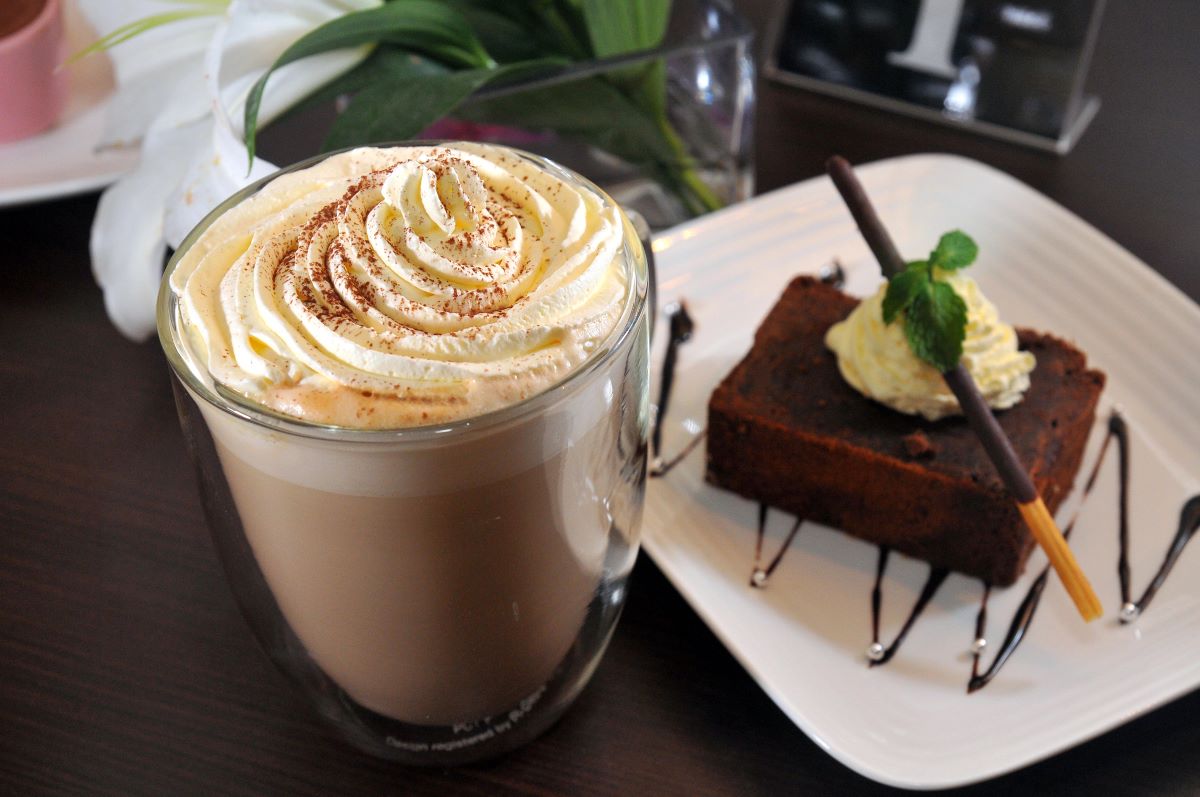
With diners increasingly seeking beauty and novelty in equal measure, dessert-first menus deliver both. The visual elegance of a chilled parfait or a golden custard draws eyes, cameras, and admiration. This model allows chefs to open with their most artful expression.
Related Post: 11 Boomer Recipes That Still Beat TikTok Trends
Aligning with Modern Snacking Culture

In contemporary food culture, the boundaries between courses are softening. People graze. They share. They begin with what they desire most. Serving dessert first mirrors this cultural reality. It honors desire without apology or hierarchy.
Related Post: 13 Sunday Dinners That Prove Boomers Got It Right
Reinventing the Ritual of Dining Out
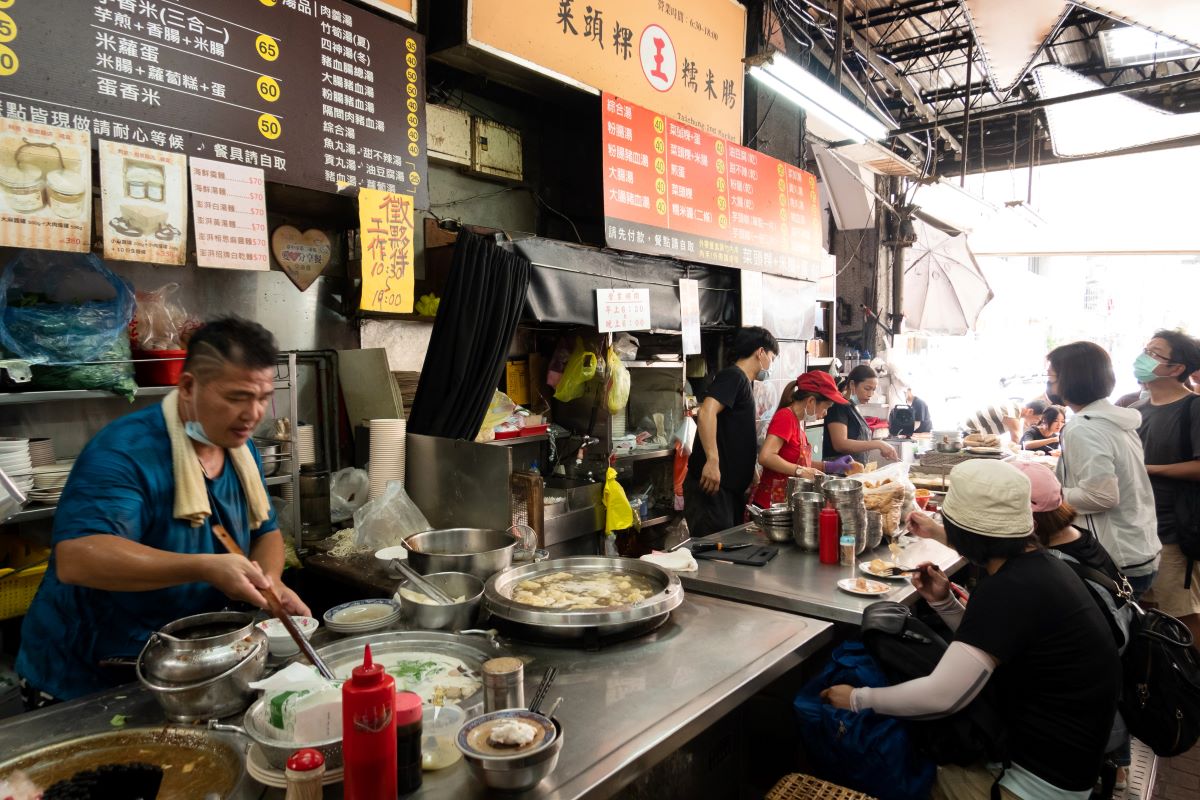
By starting with dessert, restaurants are offering something rare, a sense of play within refinement. Diners are no longer participants in a fixed tradition but in a curated experience that challenges their assumptions gently and with grace.
Related Post: 10 Food Habits I Had To Unlearn To Enjoy Eating Again
Sign up now to receive our exclusive e-cookbook filled with top-rated recipes for FREE!
Honoring a Heritage of Delicacy and Thought
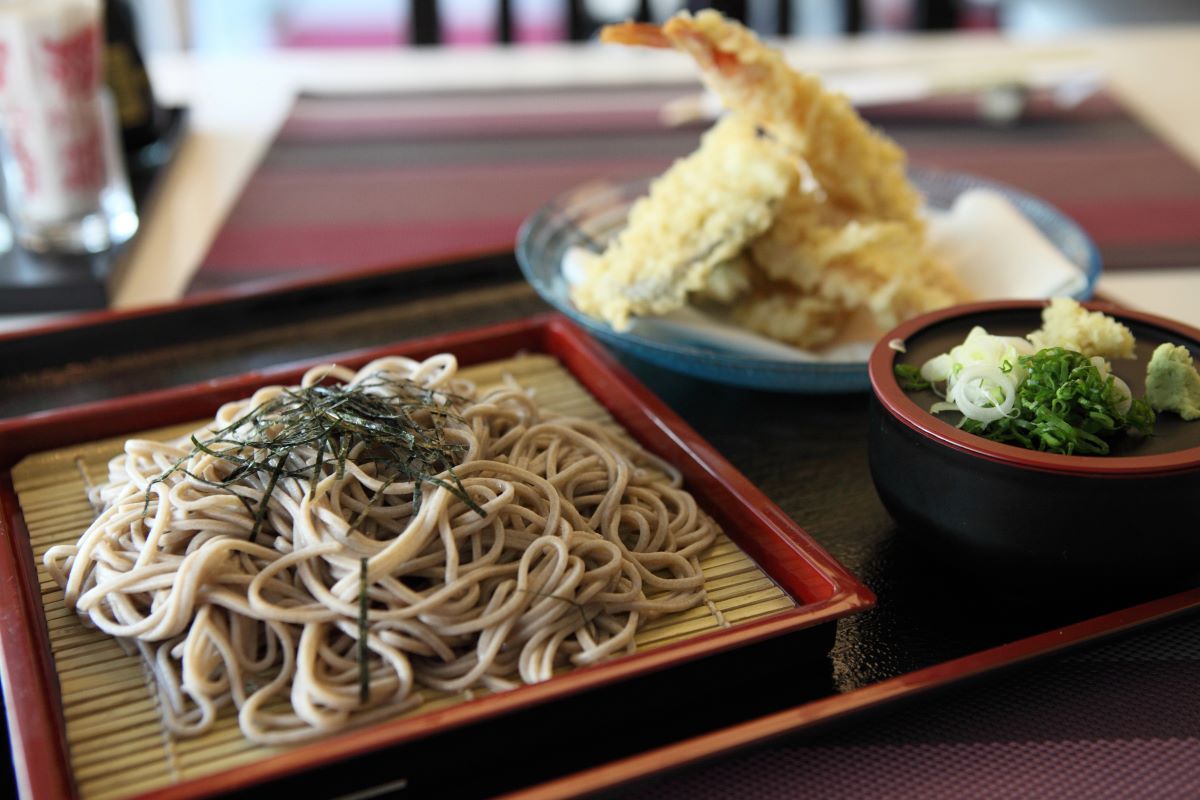
At the core of this trend is a quiet bow to Japanese culinary philosophy, one that respects delicacy, seasonality, and surprise. When bistros embrace dessert first dining, they are not abandoning tradition. They are, in many ways, aligning with a deeper one.
Related Post: 12 Things No One Tells You About Feeding A Family With Food Allergies
As more bistros reimagine the role of dessert, they are not merely reordering the menu. They are reordering the experience, allowing sweetness to set the tone, memory to arrive early, and structure to yield to joy. In doing so, they remind us that the most meaningful meals do not always follow rules; they follow feeling. And sometimes, that feeling begins with a spoonful of something sweet.
Disclaimer: This list is solely the author’s opinion based on research and publicly available information.
The Real Reason Fast Food Tastes Different In Different States

You may have ordered the same item in two different states and noticed it tasted off, slightly sweeter, saltier, or just not what you expected. That is not your imagination.
While national fast food chains aim for uniformity, subtle but real differences show up from region to region. Locals notice it immediately, and many travelers wonder why the same brand can feel totally different miles apart. Here is what is actually happening behind the scenes.
Read it here: The Real Reason Fast Food Tastes Different In Different States
How to Save $100+ Every Month at the Grocery Store

From planning your meals to avoiding sneaky upcharges in the snack aisle, here’s a realistic guide to trimming your food budget without adding stress to your week.
Read it here: Things Moms Waste Money On (and Don’t Even Know It)
Is Walmart+ Still Worth It in 2025? The Truth After 3 Years

Is the new Walmart Plus worth the annual fee or is it just another failed version of Amazon Prime? I spent my own money trying this service out for 12 months and counting. I have a lot to say about the benefits and drawbacks in this Walmart+ honest review.
Read it here: Is Walmart+ Worth It? Honest Review 3 Years Later!
You’ll love these related posts:
